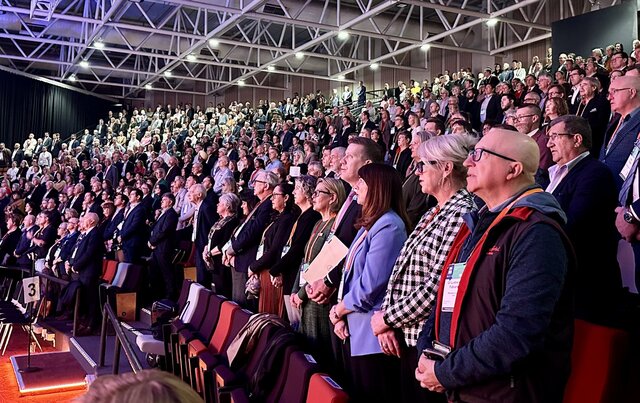National Broadband update
Speaking at the recent National General Assembly of Local Government, Minister for Broadband, Communications and the Digital Economy, Senator Stephen Conroy, said the National Broadband Network (NBN) will be the single largest nation building infrastructure project in Australian history and will transform our economy.
“It will drive employment and business activity in the short term, helping stimulate the economy for our recovery from the global economic recession,” he said.
Senator Conroy said the Government has made regional Australia a priority for the NBN and has fast tracked a
$250 million investment in regional areas with key broadband infrastructure blackspots.
“However, we also recognise that after a decade of neglect there are many areas in regional Australia that require competitive backhaul to unlock the benefits of broadband.”
He said the Government has upgraded its election promise to provide broadband to 98 per cent of premises to 100 per cent coverage of Australian homes, schools and workplaces. He said the new network will include a high speed Fibre to the Premises broadband network connecting 90 per cent of homes and businesses.
“As a guide, this means that every town with a population of over about 1,000 will be connected by fibre,” Senator Conroy said. “However, it does not mean that towns with under 1,000 people will automatically miss out. They may well be connected by fibre if their proximity to relevant infrastructure is favourable.
“For the 10 per cent of homes and businesses not reached by the fibre network, next generation wireless and satellite will be deployed.”
Senator Conroy said the rollout of the network will be undertaken cooperatively and constructively.
“From the outset, the Government wants the NBN rollout, including the Fibre to the Premises component, to be as unobtrusive as possible,” he said. “It may be that Local Government can assist in this regard by providing access to facilities they might control, such as ducts and rights of way.
“We have indicated that where possible and cost effective, fibre optic lines can and will be placed underground. In other instances, aerial cabling may be faster and more cost effective.”







